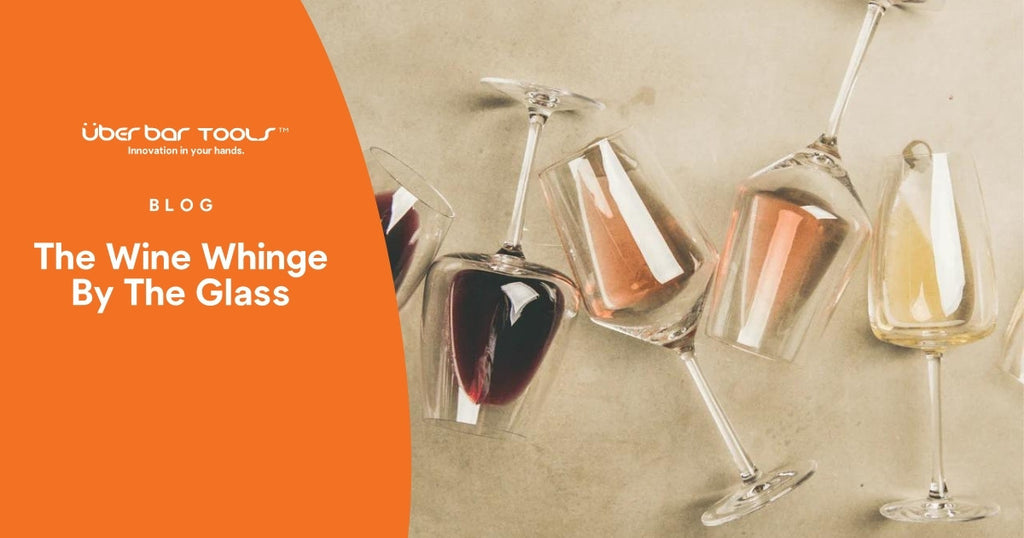News
Looking to elevate your cocktail game, streamline your bar operations, or simply unlock the secrets of the perfect pour? You've come to the right place!
At Überbartools™, we're passionate about all things bar-related, and we're dedicated to sharing our knowledge and insights with you.

The Wine Whinge by the Glass
For bars and pubs pouring wine by the glass, inventory discrepancies is pretty much accepted as a wine whinge, par for the course. Luckily it doesn’t have to be like this.

Summer Sessions: the low-down on low ABV cocktails
Before you know it, the silly season will have begun, and you’ll be left wondering what you’re going to serve your thirsty friends and guests for those all-day celebrations. Enter the low Alcohol by Volume (ABV) drink

Mixologist meets Foodie: How to pair cocktails and food
But what about cocktails? You may be surprised to learn there's more to mixed drinks than aperitifs and digestifs!
Wine, Whine, Whinge, Why?
Spirits Chauvinism - The Wine Paralysis Effect
Wine... Is it time to measure?
You might ponder if you're getting as much as you've paid for when drinking wine at a bar or restaurant — and rightly so. How does a consumer know when they are receiving the correct volume serve?

